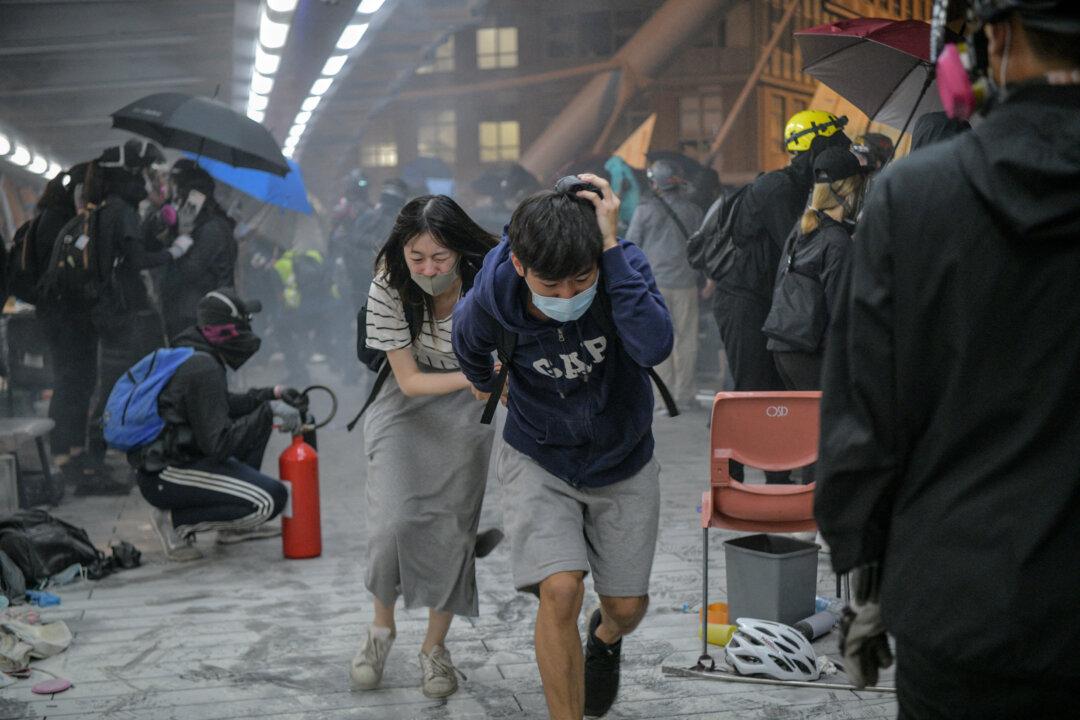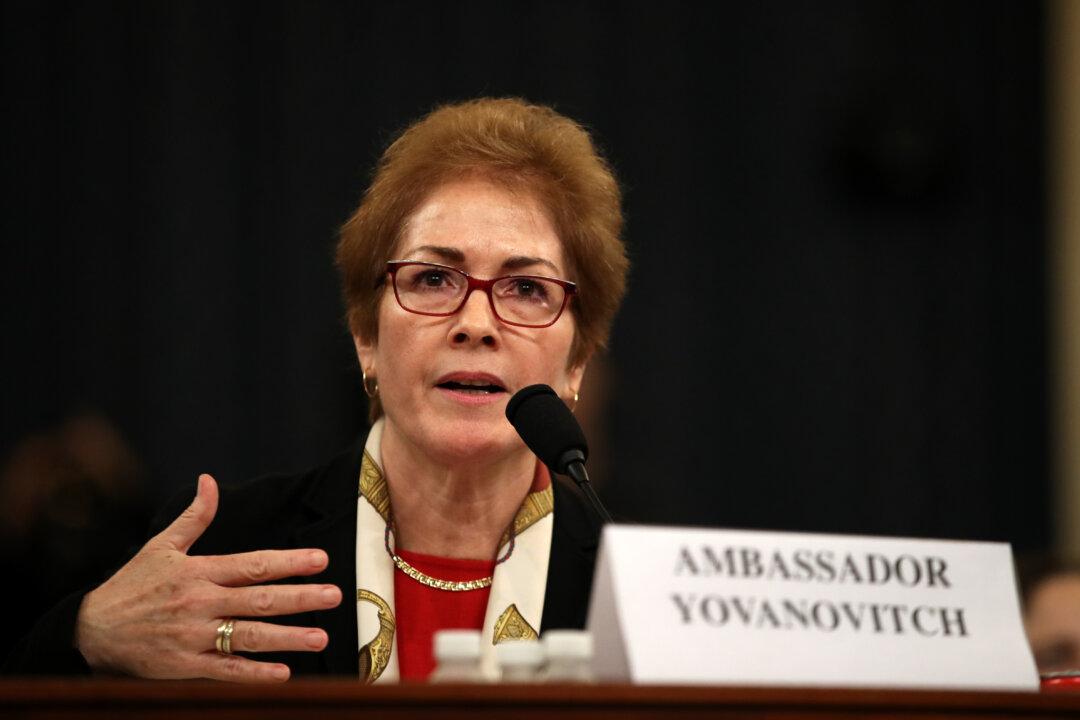Police in El Paso, Texas, are warning people that they have seen a few cases of money used on movie sets being used as legal tender, and to be on the lookout.
The bills, in $20 and $50 denominations, look like the real thing with serial numbers and banknote identifiers, except that they have “FOR MOTION PICTURE USE ONLY” written at the top, police say.





